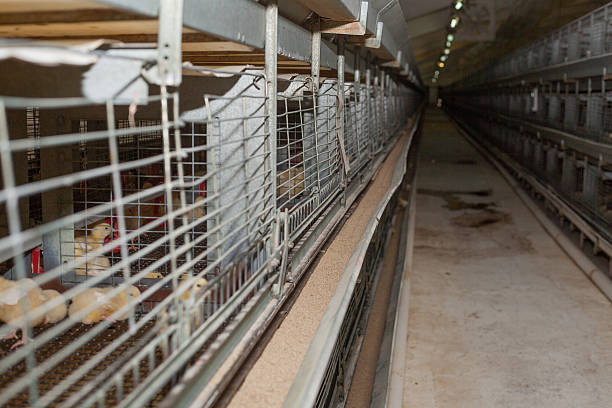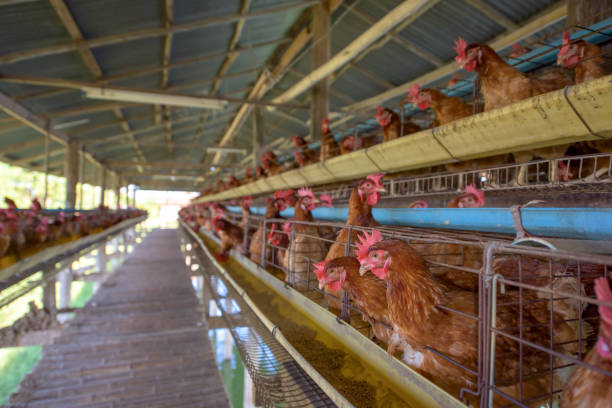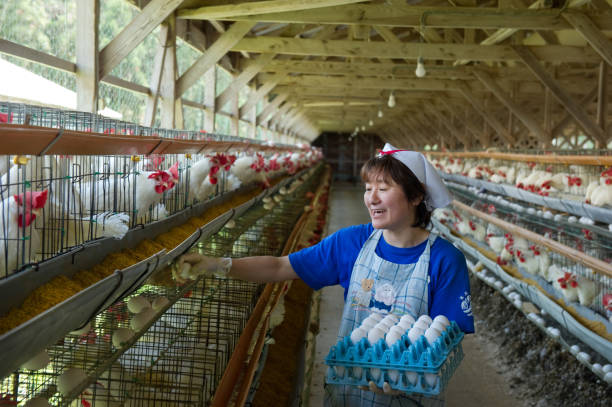
Choosing the right battery chicken cages for your farm
How to Choose the Right Battery Chicken Cages for Your Farm
When setting up or upgrading a poultry farm, one of the most important decisions you’ll make is selecting the right battery chicken cages. These systems are the backbone of modern poultry farming, helping optimize space, improve productivity, and ensure bird welfare. But with so many options on the market, how do you choose the right system for your farm? Let’s dive into the key considerations that will help you make an informed decision.
Understand the Types of Battery Cages Available
Battery chicken cages come in various configurations, each designed for specific production models and flock sizes. The most common types include breeder cages, pullet cages, layer cages, broiler cages, and even specialized cages for research or small-scale operations. Each type is built with particular dimensions, layouts, and features tailored to the birds’ developmental stages and breeding goals.
For example, breeder cages are designed to house parent stock, and often include nest boxes and trap nests to efficiently collect hatching eggs. Layer cages, on the other hand, are optimized for egg-laying hens, focusing on ease of access for egg collection and bird comfort. If you’re raising chickens for meat, broiler cages are designed to accommodate rapid growth and ensure proper ventilation to reduce heat stress. Understanding what each type offers allows you to choose the most suitable configuration for your operation.
Evaluate Materials and Durability
The materials used in constructing battery chicken cages directly influence their durability, ease of maintenance, and overall cost-effectiveness. High-quality galvanized steel is typically the best option, offering excellent resistance to corrosion, especially in the humid and ammonia-rich environments of poultry houses.
However, some suppliers might use less durable materials to reduce costs. This can result in cages that rust quickly or become structurally unstable over time. Always ask for details about the thickness of the steel, the quality of the welds, and whether the cages have a protective coating. Reputable manufacturers, like LIVI, provide cages that are not only strong and durable but also resistant to damage from bird activity and frequent cleaning routines.
Check for Automation and Integration Features
Modern battery cage systems are more than just enclosures – they’re part of a fully integrated poultry management system. Automated feeding, manure removal, ventilation, and egg collection systems can be integrated with cages to significantly improve efficiency and reduce labor requirements.

For instance, a well-designed cage system will allow seamless installation of automatic feeding lines that ensure each bird receives the correct amount of feed. Similarly, modern manure belt systems can be added beneath the cages to keep the environment clean and reduce odor and disease risk. Such automation features not only reduce labor needs but also help maintain consistent production levels and bird health.
When selecting a cage system, consider how easily it can integrate with other technologies you plan to use. Ask potential suppliers about compatibility, ease of maintenance, and any technical support they provide for system integration.
Size Matters: Match the Cage System to Your Farm’s Needs

Space planning is crucial when choosing battery chicken cages. The overall size of your poultry house, the number of birds you intend to house, and the layout configuration will all play a role in the type of system you choose.
Smaller farms may benefit from modular cage systems that can be expanded as the operation grows. Larger farms, on the other hand, might require multi-tier systems designed to maximize vertical space and increase bird capacity without increasing building footprint.
Each bird requires a minimum amount of floor space to thrive, so it’s essential to calculate stocking density carefully. Overcrowding can lead to stress, reduced growth or egg production, and higher susceptibility to disease. Ensure the cage system allows adequate room for movement, access to food and water, and proper ventilation.
Consider After-Sales Support and Customization Options
Investing in battery cages is a long-term decision. Therefore, it’s important to partner with a supplier who offers excellent after-sales service, including installation support, maintenance guidance, and spare parts availability.
LIVI provides full-service support from site planning to on-site installation and after-sales maintenance training. In addition, we offer customized solutions to suit different climates, farm sizes, and operational goals. Whether you’re starting a new farm or upgrading an existing one, our technical team works with you to design a cage system that meets your unique needs.

Customization options can include cage dimensions, feeding system types, manure management solutions, and even environmental control integration. This level of personalization ensures that your investment adds real value to your operation and grows with your business.
Let’s Build Your Ideal Poultry Farm Together
Choosing the right battery chicken cages is more than a purchasing decision – it’s an investment in the future of your farm. From understanding cage types and material quality to automation and customization, every factor plays a role in your long-term success.
Here at LIVI Machinery, we’ve been helping farmers around the world design, build, and optimize their poultry farms since 2012. With our comprehensive product range and full-service support team, we make it easy to transition to a modern, efficient farming system.
If you’re ready to take the next step toward smarter poultry management, we’d love to hear from you. Reach out to our team today with your farm details, and let us help you select or design the perfect cage solution for your operation. Let’s grow together – contact us now to get started!
